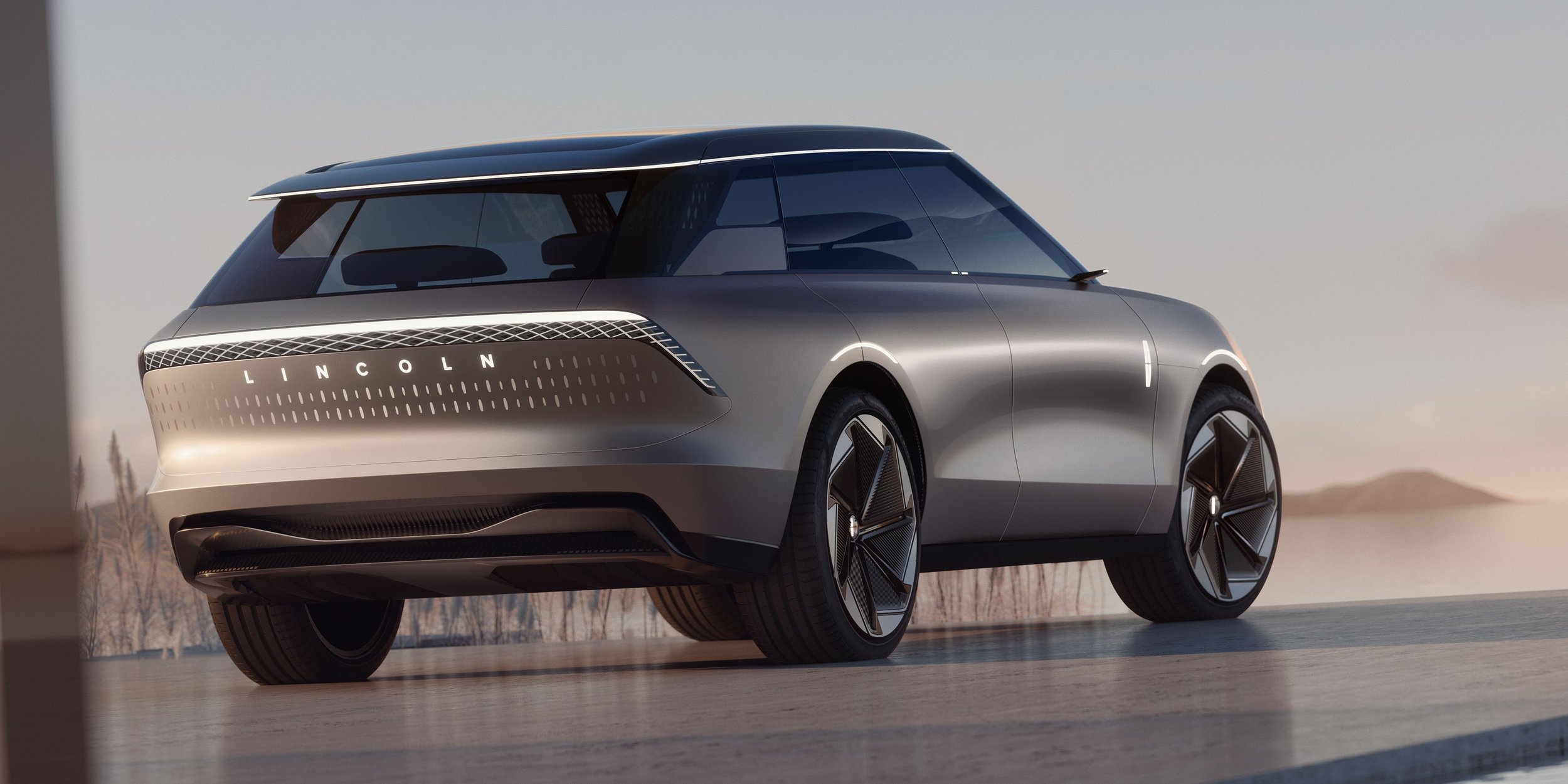LINCOLN GOES ELECTRIC ON ITS 100TH ANNIVERSARY
THE LINCOLN STAR CONCEPT USHERS IN NEW ERA FOR ICONIC DETROIT LUXE BRAND
When the coach doors of the Lincoln Star Concept swing open, it’s intended to feel like the car is giving out a human hug. It’s one of many details that Kemal Curic, global design director for Lincoln, emphasizes as he describes the design of Lincoln’s electrified future.
Lincoln Star Concept interior.
The Lincoln Star Concept is the first electrified vehicle from the brand founded in 1922 by Edsel Ford, son of Henry Ford. “Father makes the most popular car in the world. I want to make the best,” Edsel said, who was a patron of the arts and an iconic figure in 20th century American history.
Lincoln’s history is peppered with beautiful cars ranging form the 1956 Continental Mark II to the 1961 Continental to its ultra cool designer editions with Givenchy, Bill Blass, Pucci and Cartier. Lincoln has many stories and famous patrons ranging from architect Frank Lloyd Wright to Elvis Presley. I saw the 1979 Lincoln Continental Mark V Cartier Edition on view at the Lincoln Archives as part of the brand’s 100th anniversary yearlong celebration. Pushing forward into the future means drawing from its past, but exploring the advantages of new technology.
The 1979 Lincoln Continental Mark V Cartier Edition on view at the Lincoln Archives, Dearborn, Michigan.
Electric cars, by nature of their battery architecture, open up the interior space. “It gives us as designers a lot of freedom,” Curic said as he walked me through the finer points of the Star concept SUV in Los Angeles.
What intrigues him most about the next era in Lincoln design is the unique opportunity, to meld the digital space with the physical space. “There’s a different between designing and styling.” A word that he uses frequently is purposeful to describe the intention that informs the Star Concept design. He says the Star Concept is purpose built in the tradition of architects like Zaha Hadid as the design team was able to rethink the interior.
The vehicle’s use of light communication stands out in every facet of the design. The 3D-printed metal latticework on the pillars of the car create a feeling of spaciousness and add increased visibility. A full skylight and digital shade allow more natural light to seep into the cabin. LED lighting is used to illuminate the star on the hood and the LINCOLN logo on the rear.
All the senses are engaged including three signature scents emitted to capture the driver’s mood from “mindful vitality” to a woodsy “evening chill.” I inhaled each smell while testing out the VR experience of the interior guided by Fiore Tramblin, a brand experience designer who worked on the sensory palette. Tactile touch abounds in leg rests, wraparound seating, reclined rear seats, and a hind love seat that extends from the rear of the trunk space when open, intended for peaceful picnics. It’s a new form language for a brand steeped in automotive history, or as Curis says, “where the journey is the reward.”



